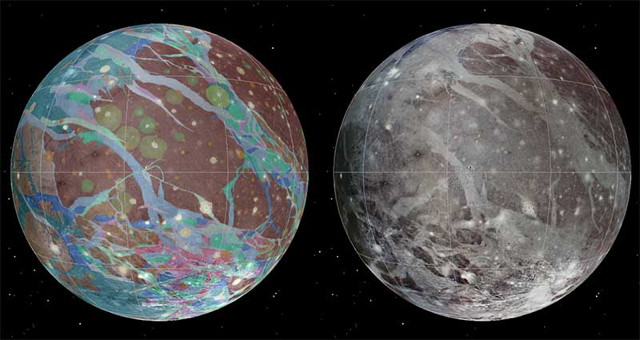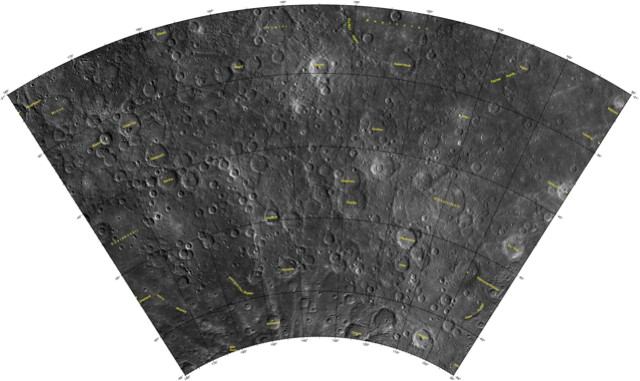
The Moon and Mars were relatively early additions to Google Earth; that application may have been migrated to the web, but the planets and moons keep coming. Yesterday Google announced the addition of a dozen other worlds in our solar system; the space layer of Google Maps now includes planets Mercury, Venus and Mars; dwarf planets Ceres and Pluto;1 Jupiter’s moons Io, Europa and Ganymede; and Saturn’s moons Dione, Enceladus, Iapetus, Mimas, Rhea and Titan. Large moons Callisto and Triton aren’t included, and Iapetus is projected onto a sphere rather than appearing as the bizarre space walnut it is.
The Planetary Society’s Emily Lakdawalla noticed a thing, though:
Anybody know who I should talk to at @Google to let them know that several of the icy moon maps have names & image offset by 180 degrees?
— Lady Lakdawalla of Baltis Vallis (@elakdawalla) October 16, 2017
Emily reports that this bug affects several moons of Jupiter and Saturn; Google is apparently already on it and may have fixed it by the time you read this.




